
Old Documents and the Last Wood Worker’s Tools
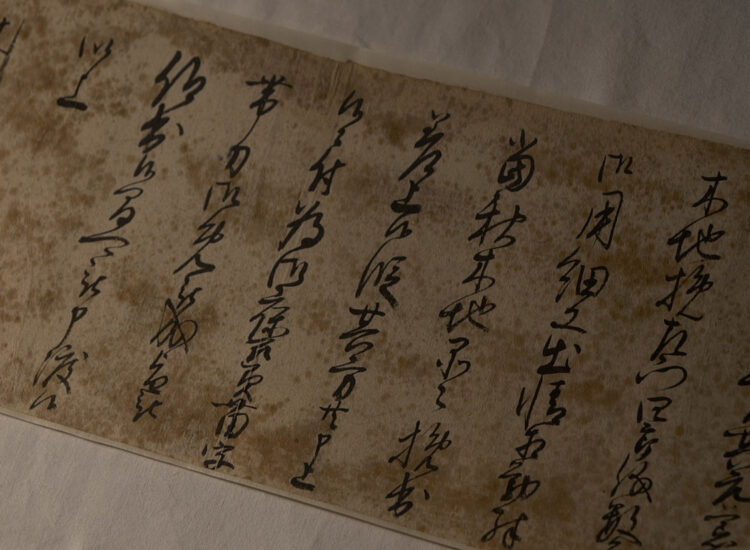
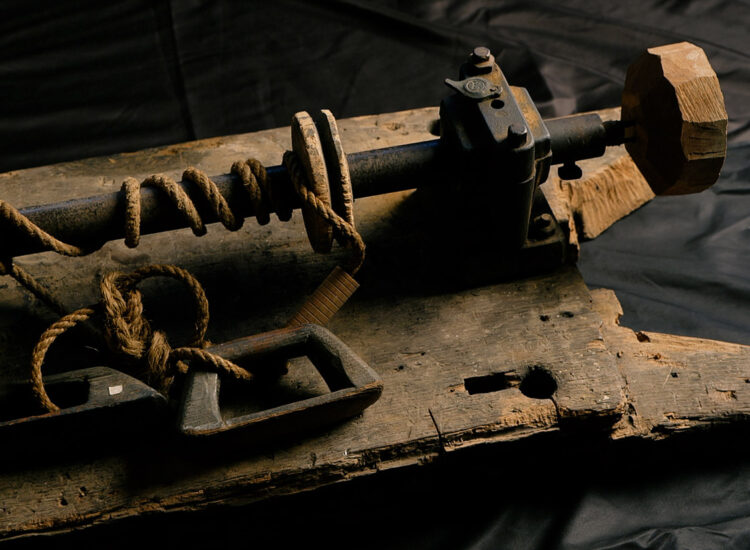
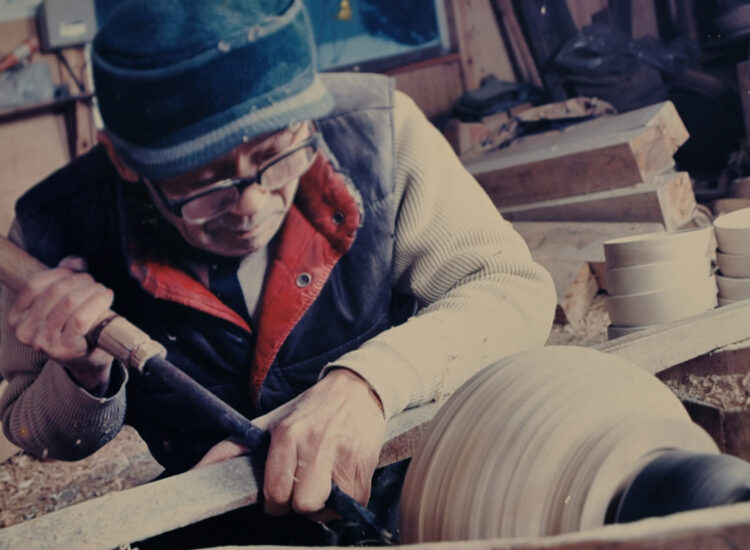
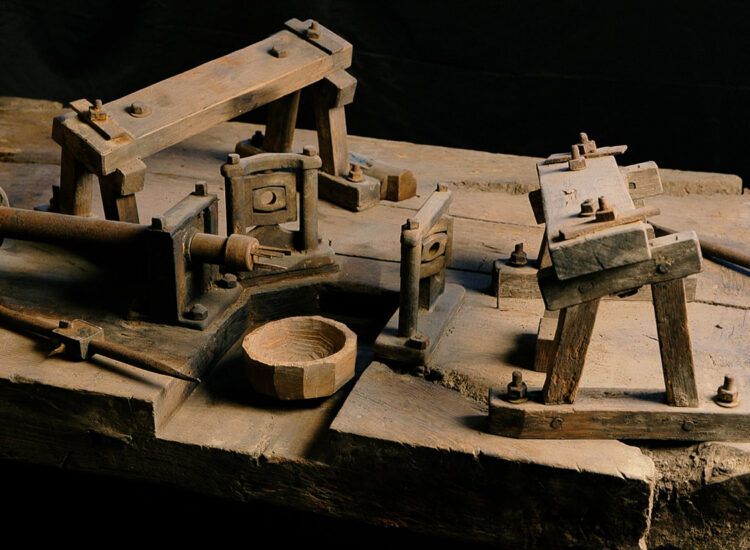
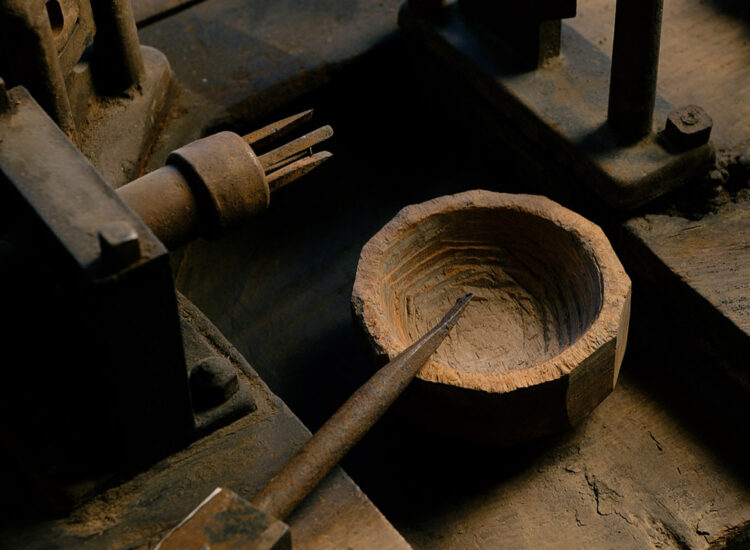
Of the artifacts on display at the Hachimantai City Museum, there are components of the Japan Heritage. We would like to draw attention to the wood worker’s document, which is said to have served as identification, and the tools related to their work.
During the Edo era (1603-1868), the Morioka Domain encouraged lacquer as an important industry and promoted it as a special product. Some of the wood workers who lived in the upper reaches of the Appi River were exempted from paying annual tribute and were allowed to ride horses to and from work, which was considered a privilege reserved for high-ranking officials at the time.
In the Akasakata Sekike Monjo, a document designated as a cultural property by the prefecture, it is written that as a reward for serving for many years as official wood workers for the shogun, a man called Saemonshiro and members of his family were granted the surname Seki in 1806. In the Edo period, the annual tribute was usually paid in the form of rice; however, the residents of the Ashiro area paid their annual tribute with coins obtained from the lacquerware industry, indicating that lacquerware was an important part of the financial base of the Morioka Domain.
Also designated as a prefectural cultural property, the Materials Related to Kijishi in the Upper Reaches of the Appi River is a valuable resource for examining the livelihood of wood workers who use a lathe to make wooden bowls and other objects. The tools were used by Kinsaku Fujimura, the last wood worker in the upper reaches of the Appi River. In the past, different types of Japanese hand planes were used to cut the wood, and each wood worker customized his own tools to fit his hands, so the shapes, types, and numbers of tools varied. They used different tools when grinding the outside of the wood and when grinding the inside. In those days, wood workers used their own steel to make tools, such as a Japanese hand plane, and it was said that one could not become a wood worker unless one could work as a blacksmith. This is a valuable material for understanding the production process of wood turning, as it shows what kind of tools were used by woodturners. These materials, numbering 259, provide information on the various tools used by wood workers and tell the story of the production process to this day.
Photo by Atushi Okuyama
Photo provided by Hachimantai City
→Access to Hachimantai City Museum
